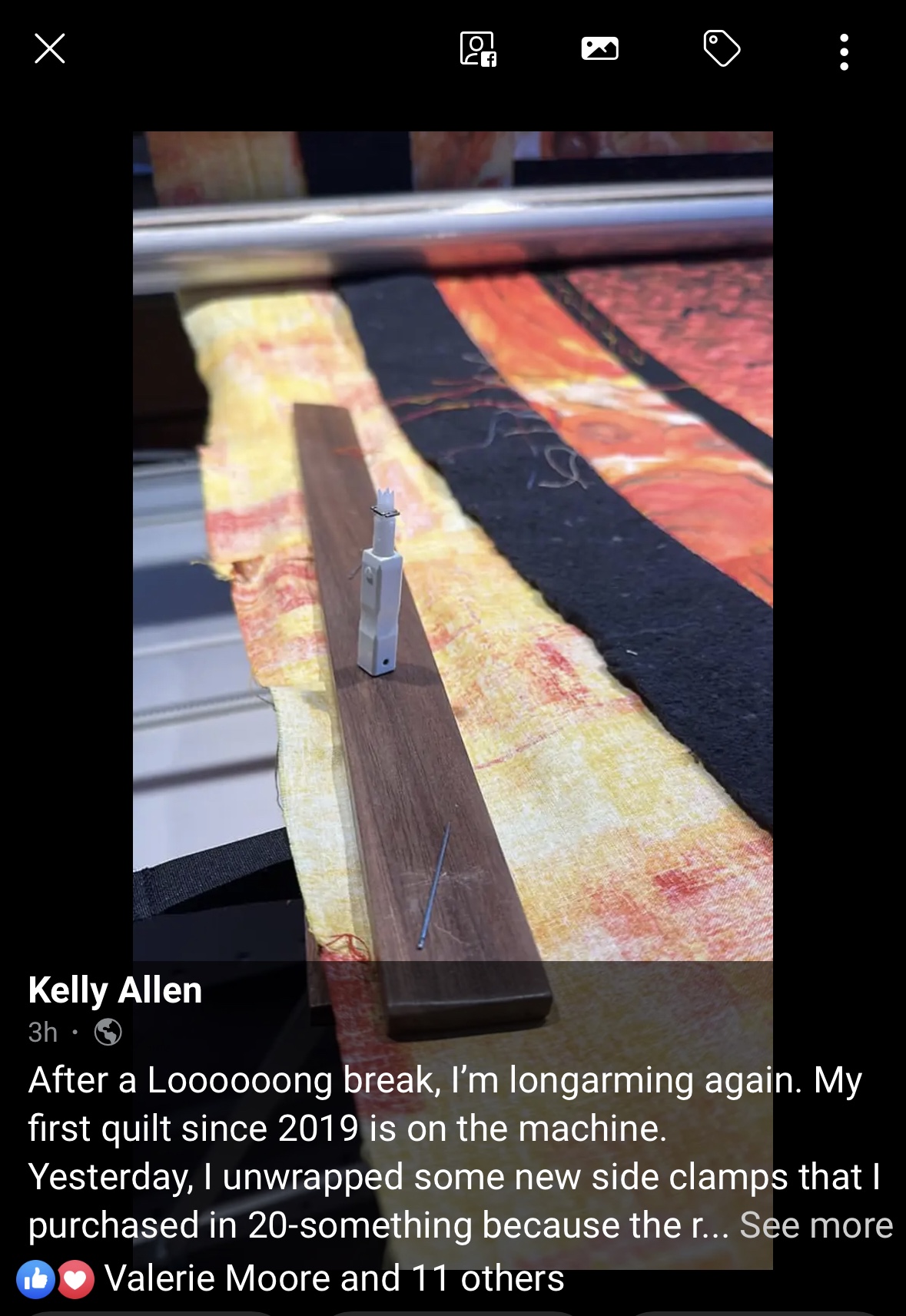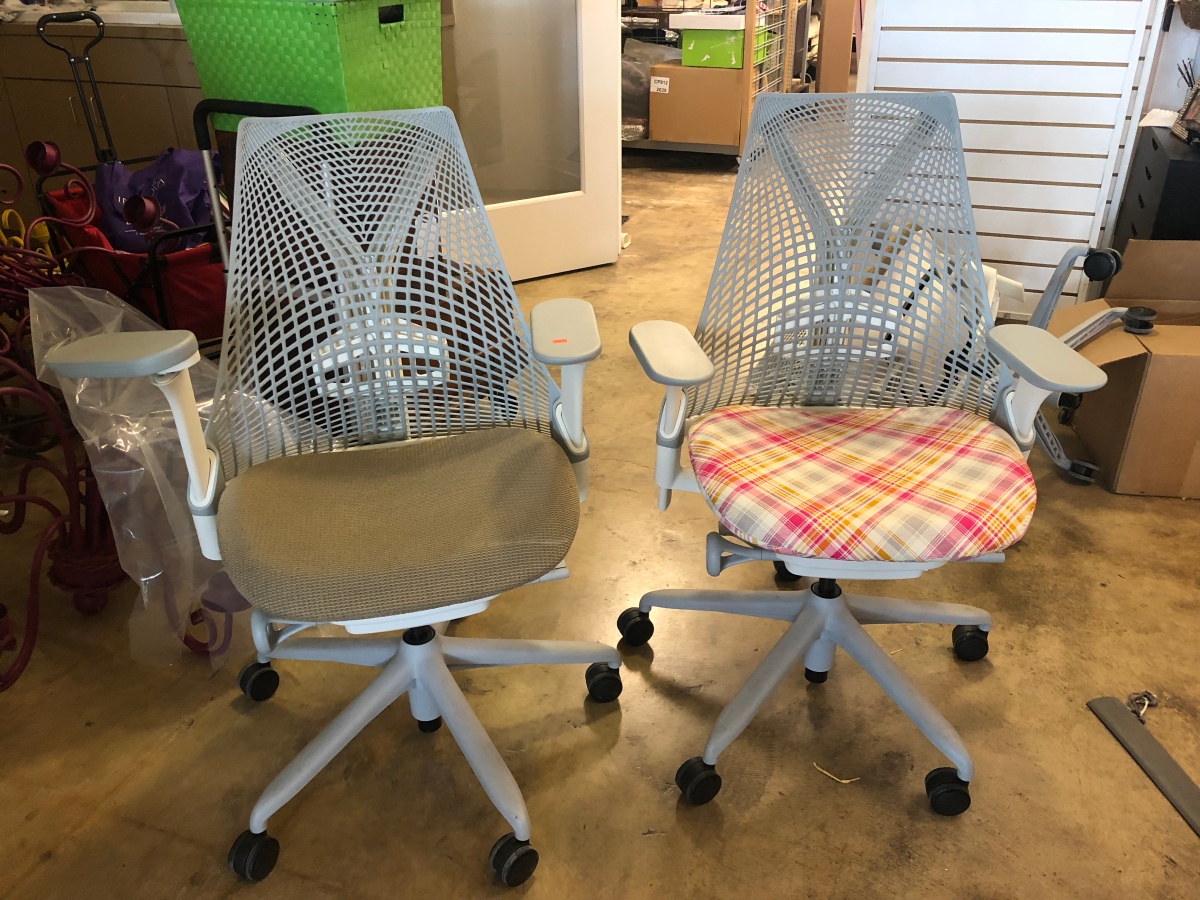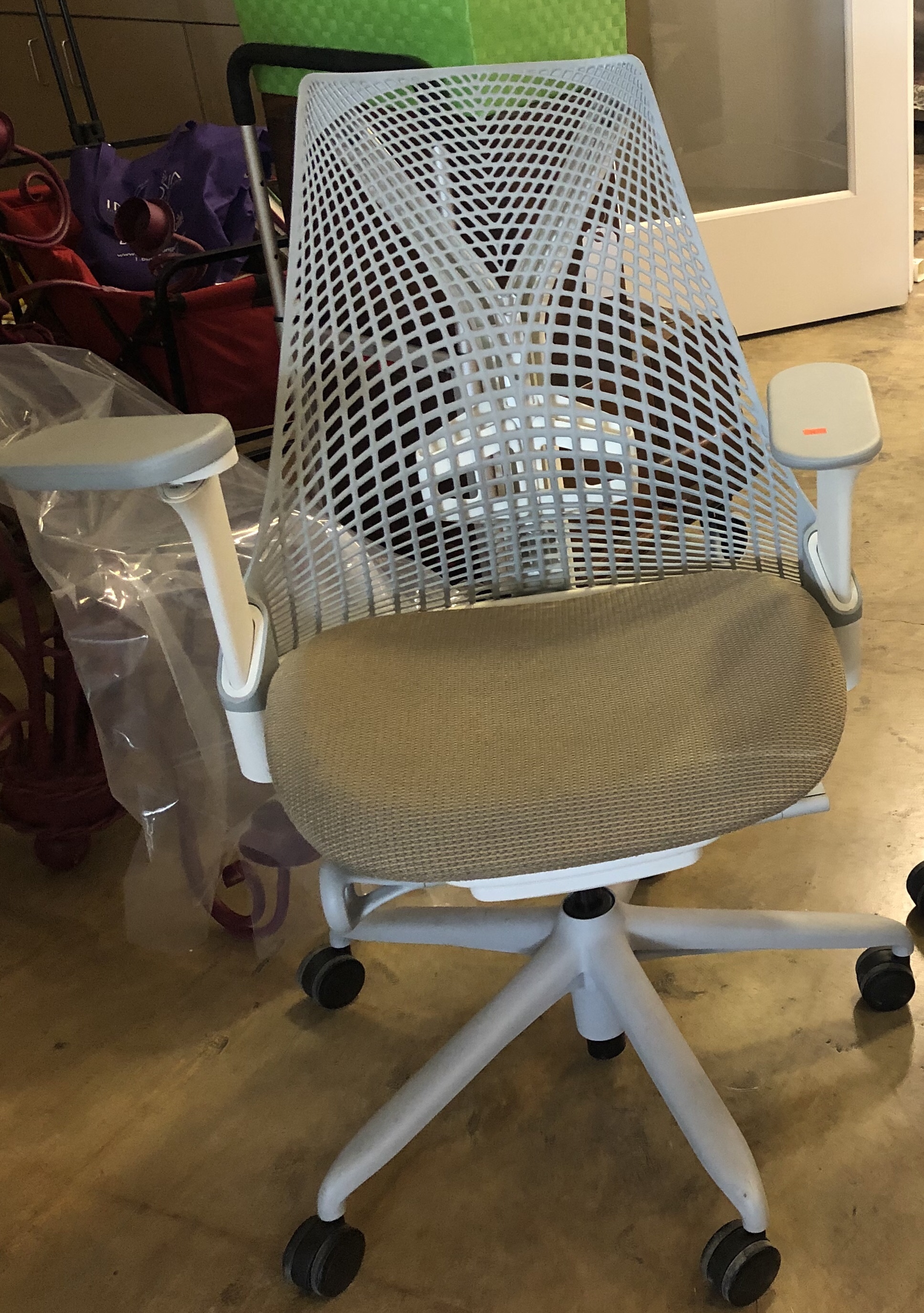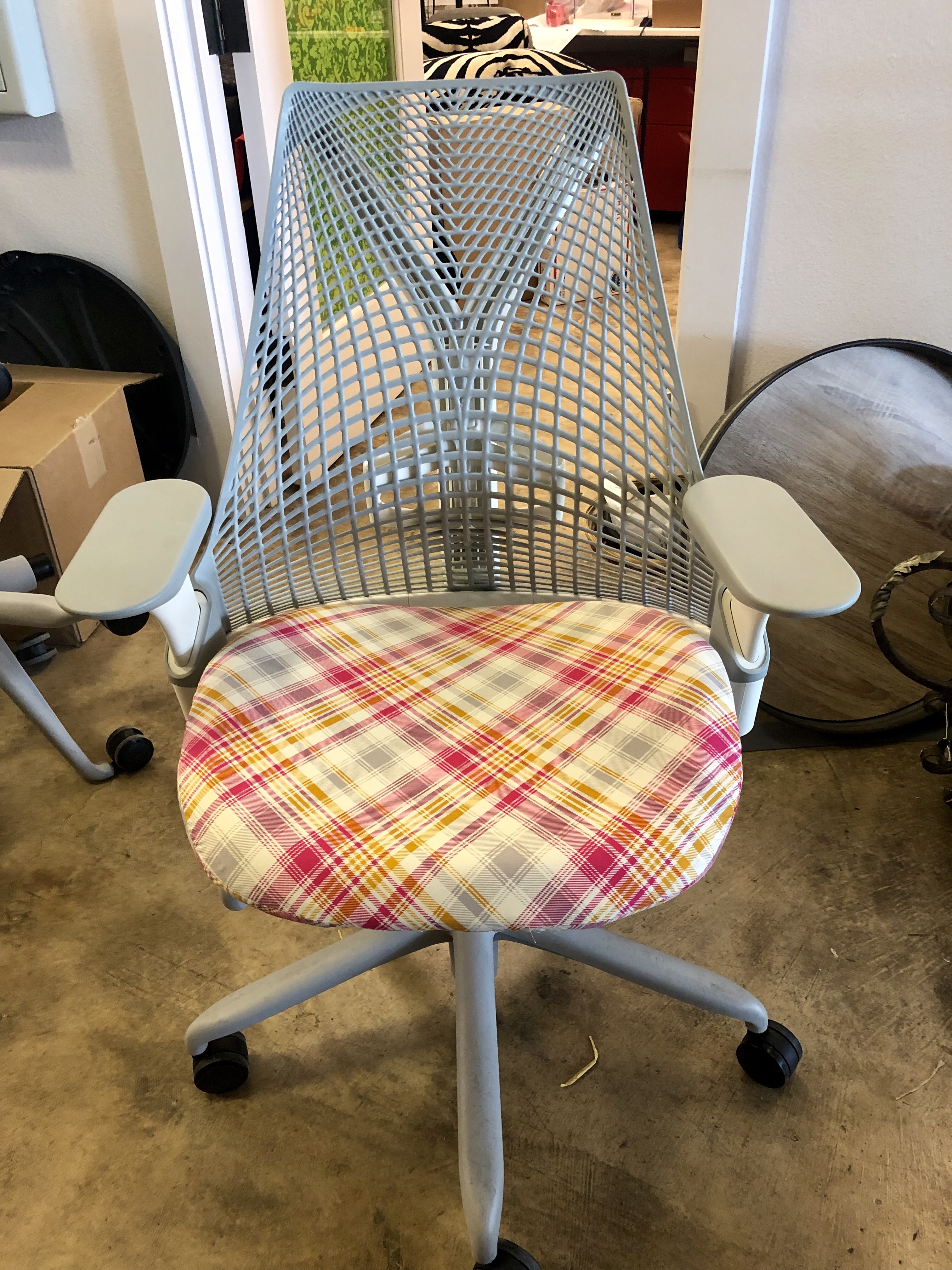My conclusion, each of these machines has pros and cons. I COULD live with either one. But I am lucky that I can afford both. So I generally piece quilts on my Janome, MC1500, while I appliqué and free motion on my Bernina 830. I will use either machine during embellishing art quilts depending on what stitches or effects I want. I embroider much more on my Janome because of the ease of monitoring and changing thread (nice threader).
I have been a member of the The Quilt Show for several years. Recently we started a thread about machines and features. I felt compelled to write about my two favorite machines. Here is what I posted to the forum on the Quilt Show.
Since a few have posted about their Bernina 830 experience. I thought I would too. I did not get a lemon and I absolutely love my 830. It is a solid workhorse for me. It takes any thread I throw at it even metallic. And I love the huge hoops. I also have a Janome MC15000 and I like it too. However it doesn’t free motion as well. It straight stitches better. However the Janome has a tendency to have nesting thread on the beginning of a stitching line. The Bernina does not.
Here is my experience Bernina 830 vs Janome MC15000
Straight stitching: Janome wins with a beautiful straighter stitch but with the caveat to use a bit of scrap material to start other wise I get a rats nest on the bobbin thread at the beginning of a stitching line. Holding the top and bobbin works too, BUT who wants to do that if they have an automatic thread cutter. You can attain a very nice straight stitch on the Bernina if you use a single hole plate, and carefully match your thread to needle size. But still Janome’s is a prettier straight stitch.
Thread cutter: both machines will cut thread. I think cutting is faster on the Bernina than on the Janome (this is an impression, not measured with a stop watch). Bernina sews without nesting after using it’s cutter. Janome will form nests if you sew after the cutter. On the Janome you will need to use a bit of scrap or pull out and hold the thread tails when you start sewing again.
Freemotion: Bernina wins hands down, no contest
Needle threader: Janome’s is better and more consistently threads the needle. Both machine’s needle threaders work better than my lower end machines.
Heavy or lots of layers : It really depends. Heavy tight weave several layers like quilting on a denim from denim backed with batting, I use my Bernina. Thick tough fabrics like cordura 400 or 600, I use the Bernina. The Bernina doesn’t skip stitches like the Janome can in situations like this. “This” is comparing same thread, same needle, same fabric, same number of layers, and sewing at half speed machine, etc. I do like the dual feed on the Bernina, especially when piecing flimsy or wispy light weight chiffon or silk fabrics. BUT! I like the ease of adjusting the pressure for the dual feed on the Janoma. I think the dual feed on the Janome is better for normal quilting cotton and cotton batting. I go to my Janoma for doing straight stitch quilting in a modern quilt kind of look where you would quilt with lots of straight lines or expanding circles or spirals. Bernina actually recommends an extra walking foot for this kind of quilting.
Embroidery: Both work great. Both do a great job. But due to thread change on these single color machines, I prefer the Janome because of it’s more consistently working needle threader. (though I Think the thread path on the Bernina is easier to do). MC15000 has an extra pro: I like the fact this machine is wi-fi capable.. that I have an app on my iPad that I can ‘see’ where in the process the embroidery is, if thread broke, if the machine stopped, and if i need to change colors. I can run around my home and do chores while doing embroidery without having to check to see the status of my machine. I actually get more embroidery done because of this.
Knee lift: have to put two paragraphs one for each machine explain this one.
Pro for the Bernina is that the knee life is mechanical. This makes doing appliqués more fun on the Bernina instead of the Janome. I can barely raise or take the pressure off the fabric when turning curves or corners and still have some pressure from the foot helping me keep things lined up and it acts like an extra hands. On the Janome, the knee lift seems to actually be an electronic switch, when I use the knee lift, there is no infinite range of lifting the pressure foot, it is either up or down. I don’t like this. So I typically do appliqué on my 830. (I also prefer the double blanket stitch the Bernina has over the similar stitch on the Janome).
Pro for the MC15000 is the knee lift will set to control other things besides lifting the presser foot, you can use it to control stitch width. Yes, really! So for an art quilter, I can use it for neat effects. I also use it when couching lumpy irregular yarns and other items to art quilt while embellishing. It’s very fun once you learn how to control it.
Conclusion
My conclusion, each of these machines has pros and cons. I COULD live with either one. But I am lucky that I can afford both. So I generally piece quilts on my Janome, MC1500, while I appliqué and free motion on my Bernina 830. I will use either machine during embellishing art quilts depending on what stitches or effects I want. I embroider much more on my Janome because of the ease of monitoring and changing thread (nice threader).



















